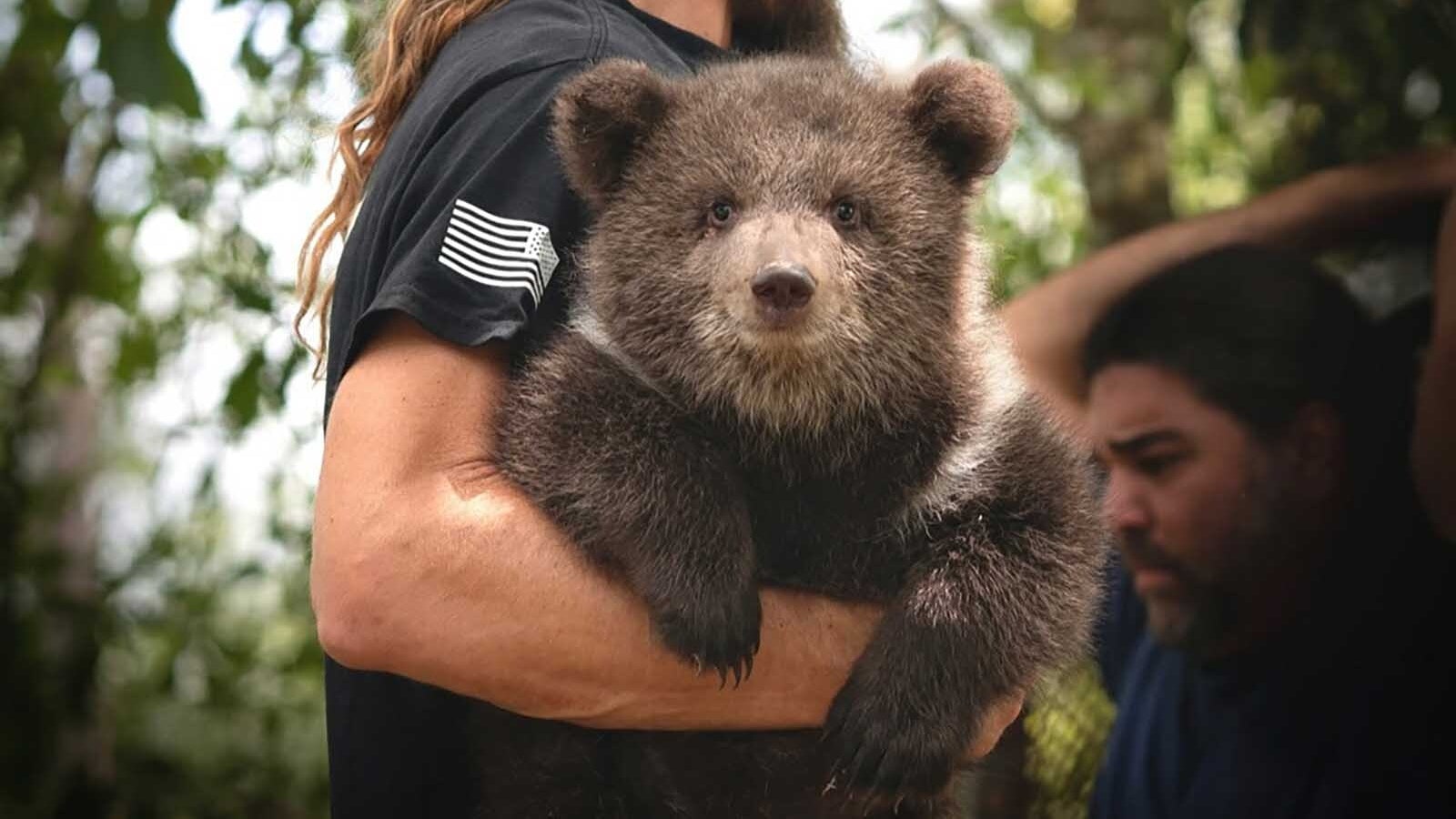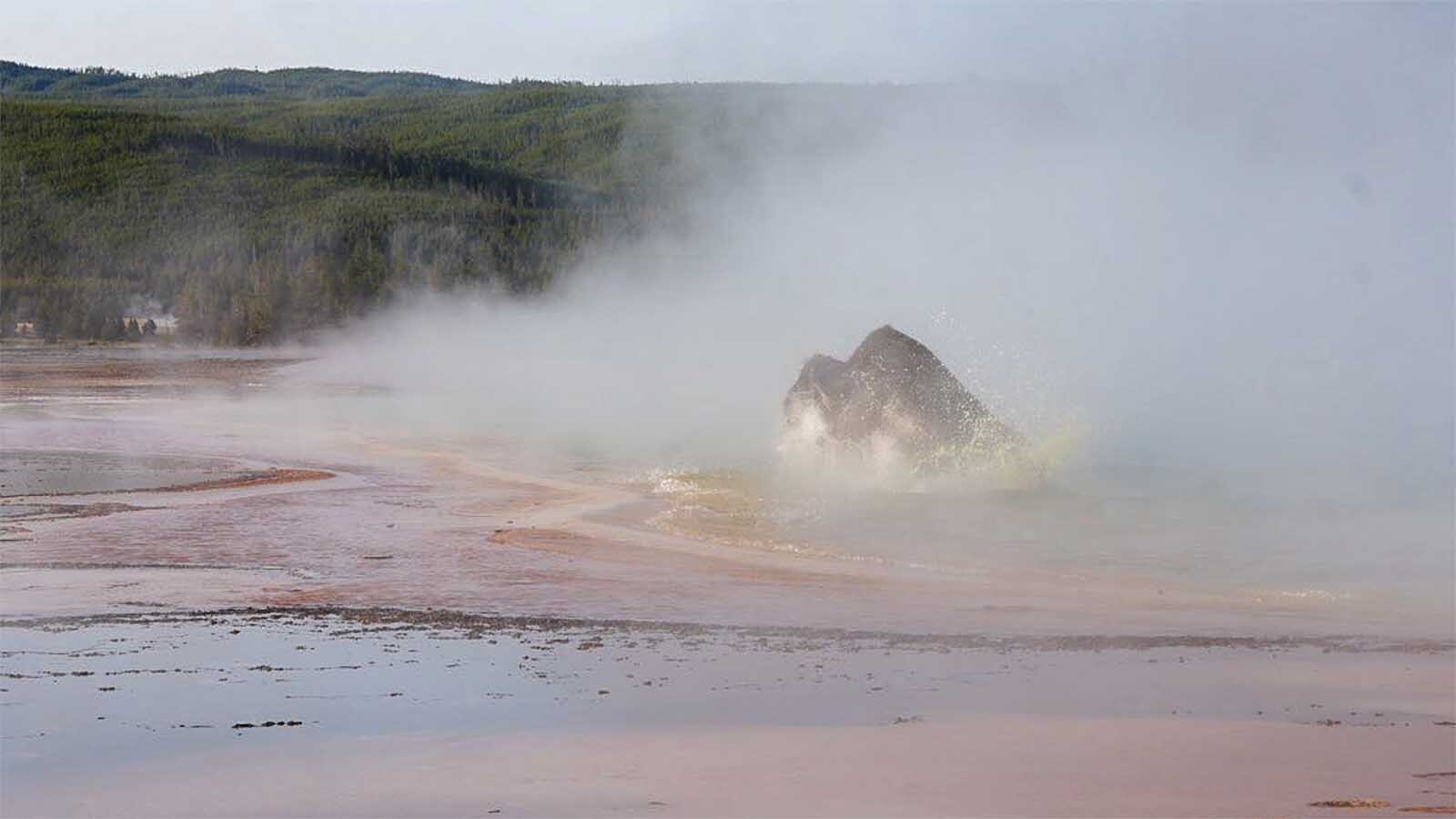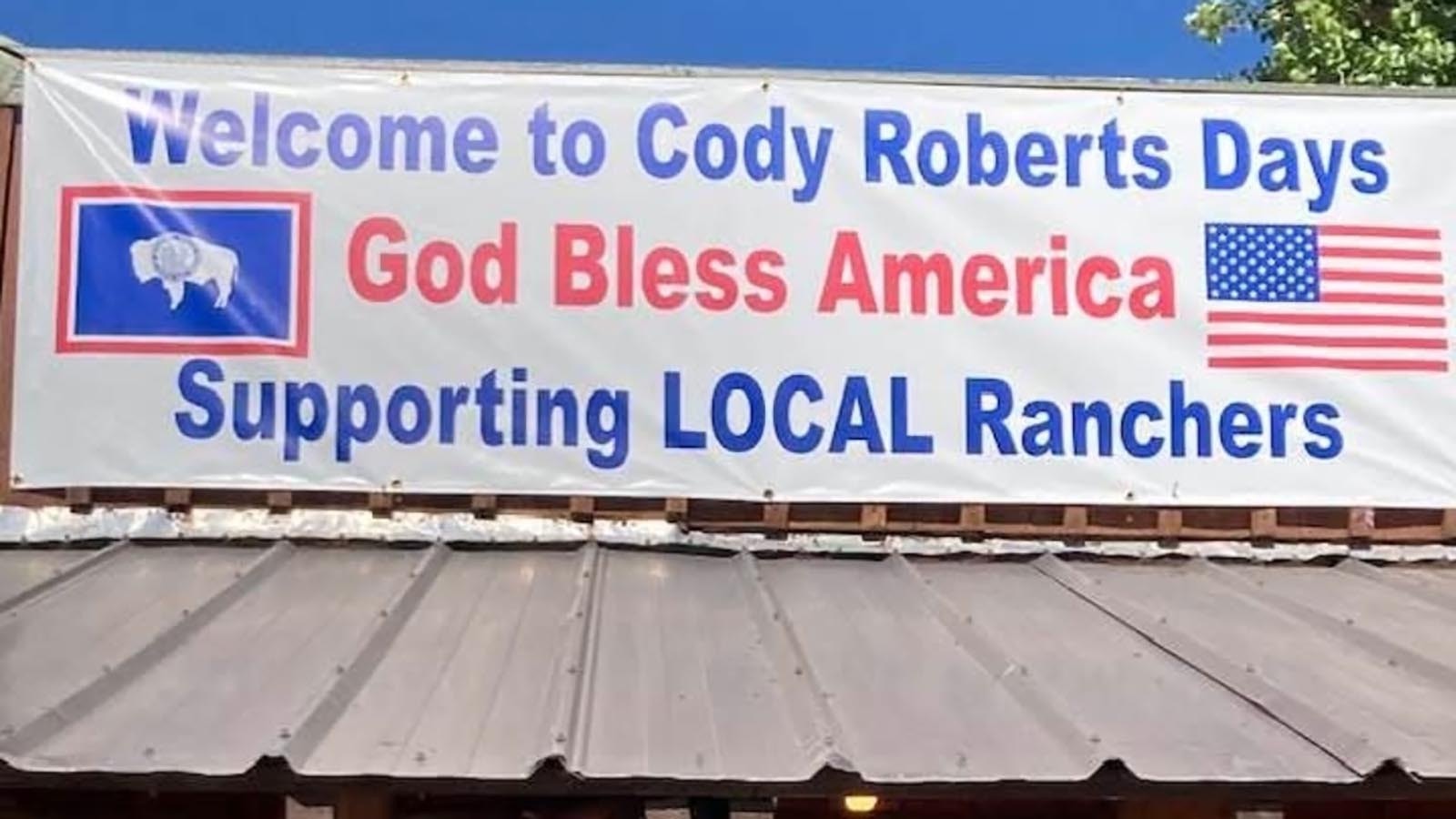The Wyoming Game and Fish Department captured a male grizzly involved in cattle depredation on May 24. The bear was captured on private land near Cody and relocated to the Blackrock Creek drainage in Bridger-Teton National Forest, approximately 38 miles northwest of Dubois.
“This was our first grizzly bear relocation of the year,” Wyoming Game and Fish Department Large Carnivore Specialist Dan Thompson told Cowboy State Daily. “Luckily, we've had some of our lowest annual number of relocations over the last few years. But every year can be different.”
Relocation, done in cooperation with the U.S. Fish and Wildlife Service, is a routine management procedure for Wyoming Game and Fish’s large carnivore biologists. This may have been the first relocation in 2024, but it’s unlikely to be the last.
“Each situation is extremely unique,” Thompson said, “and our large carnivore biologists use their expertise, experience and contextual knowledge of each situation to determine the proper management action.”
Fairly Opportunistic
Thompson said the male grizzly captured on May 24 had no previous run-ins with the Wyoming Game and Fish Department. That’s one of the many factors considered in relocating grizzlies.
“In this specific situation, we captured the bear and felt that it was a fairly opportunistic depredation scenario,” he said. “After internal consultation and discussion with the U.S. Fish and Wildlife Service, the decision was made to relocate this individual.”
Thompson said it’s already been “a very active and busy year of grizzly bear activity” in northwest Wyoming, particularly along the South Fork of the Shoshone River. While cattle depredation has been reported in the region, an exact number of incidents wasn’t available.
“We don't have an exact number of verified conflicts this year or depredations because things are moving swiftly and occurring daily,” he said. “Rather than give an inaccurate number, we quantify all of our verified bear-human conflicts and report them after we survive the active bear season.”
Nevertheless, the numbers suggest bears and people have been doing a better job of avoiding each other. There have been more sightings of grizzlies in the region, including some just inside the city limits of Cody, but Thompson said Wyoming Game and Fish has been responding to fewer conflicts.
“The last few years have been "below average" for conflicts compared to the last decade,” he said. “This year could break that trend. We're not even to June, so time will tell how that goes.”
Move Or Be Moved
Wyoming Game and Fish has “removed” one grizzly for cattle depredation in 2024. A male grizzly was killed south of Ten Sleep in mid-April.
Grizzly and black bears are captured when deterrents or preventative options are exhausted or unattainable and relocated to areas where the risk of conflicts is decreased without impacting the bear’s survival.
If a relocated grizzly creates further conflicts in its new area, it may be removed. The U.S. Fish and Wildlife Service makes that decision after consulting with Wyoming Game and Fish.
Thompson hopes that human-bear conflicts will remain below average in 2024, but the season’s just starting. He anticipates that all the department’s large carnivore biologists will be busy throughout the summer.
“With the abundance of grizzly bears and people, we expect to be busy reducing conflict potential,” he said. “This becomes more difficult as bears expand into private lands and habitats that are less secure than some of the areas where grizzly bears have thrived for decades in the recovery zone and demographic monitoring area.”
Still, one relocation and one removal before June isn’t a bad way to start a season of grizzly management. But Thompson said it’s too early to place any stock on the numbers thus far.
“It would be disingenuous to prognosticate what the rest of the year may bring,” he said. “That's up to the bears and people that cohabitate suitable habitats in the Greater Yellowstone Ecosystem.”
Andrew Rossi can be reached at arossi@cowboystatedaily.com.





